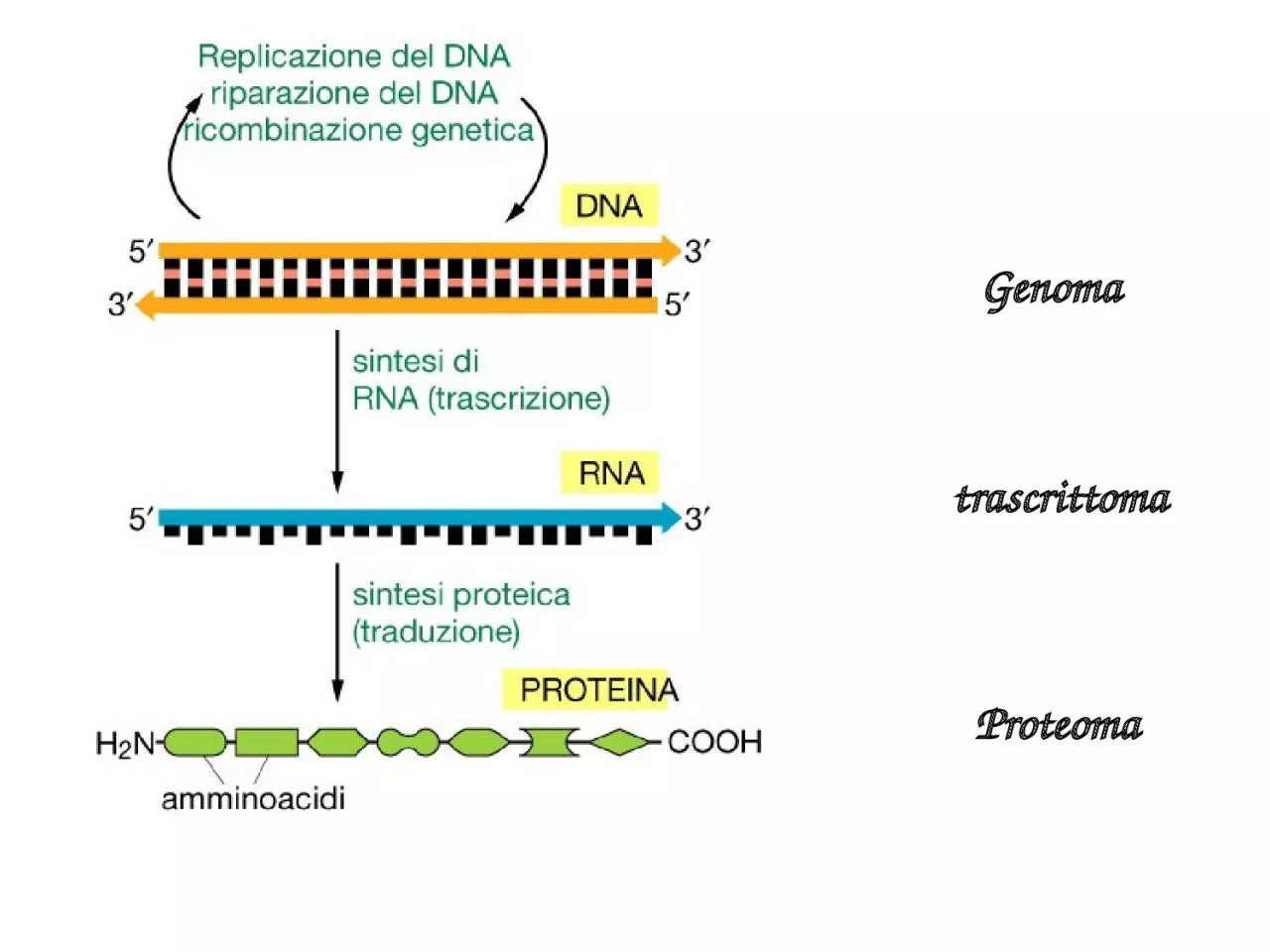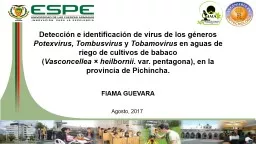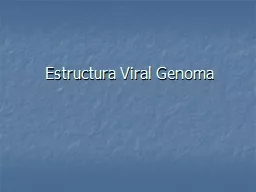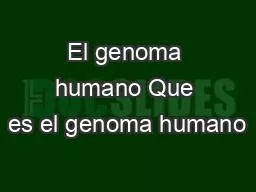PPT-Genoma trascrittoma Proteoma
Author : brooke | Published Date : 2024-01-29
Once the cell determines that an mRNA must be destroyed one of two irreversible routes is taken FIG 1a Either the 5 cap is removed by a process known as decapping
Presentation Embed Code
Download Presentation
Download Presentation The PPT/PDF document "Genoma trascrittoma Proteoma" is the property of its rightful owner. Permission is granted to download and print the materials on this website for personal, non-commercial use only, and to display it on your personal computer provided you do not modify the materials and that you retain all copyright notices contained in the materials. By downloading content from our website, you accept the terms of this agreement.
Genoma trascrittoma Proteoma: Transcript
Download Rules Of Document
"Genoma trascrittoma Proteoma"The content belongs to its owner. You may download and print it for personal use, without modification, and keep all copyright notices. By downloading, you agree to these terms.
Related Documents





